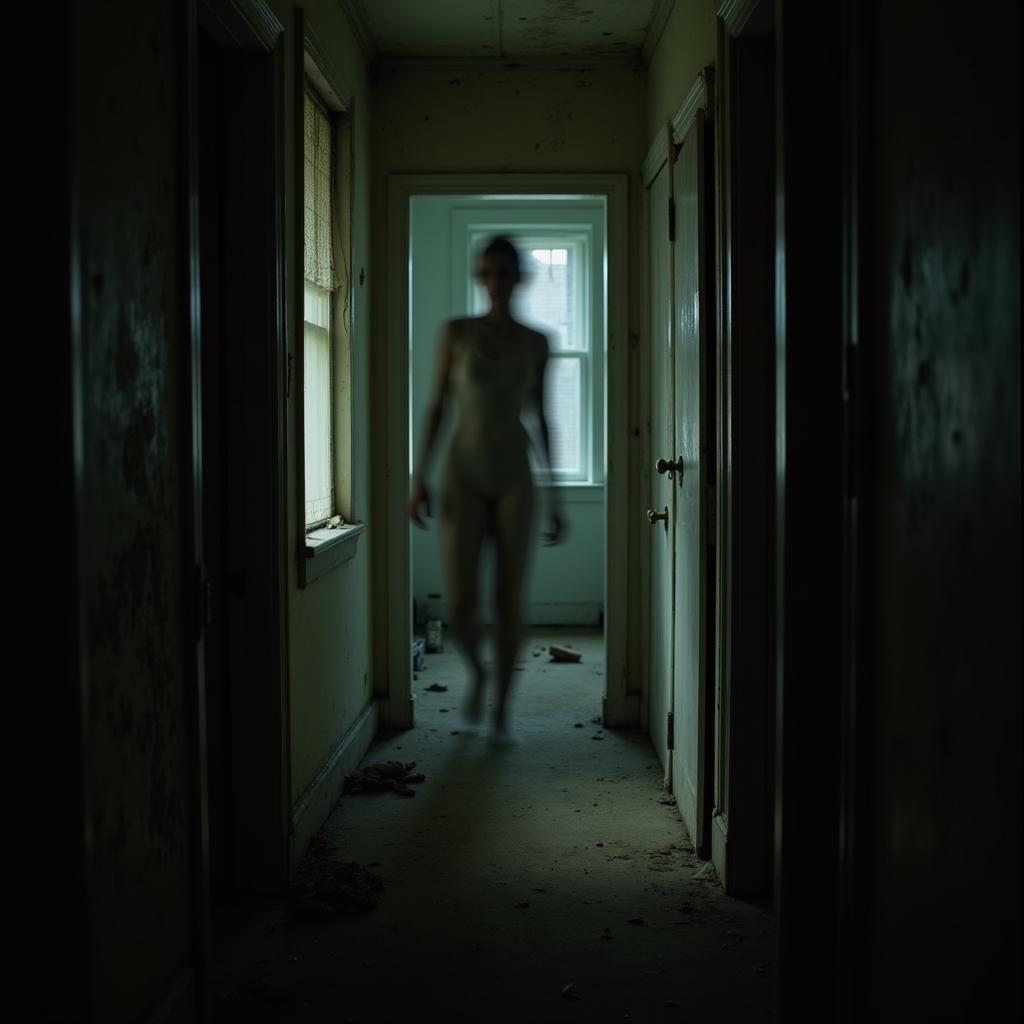Heuristic Research plays a crucial role in the world of paranormal investigation, providing a framework for exploring unexplained phenomena even when concrete evidence is scarce. While traditional scientific methods often fall short in the face of spectral apparitions or inexplicable occurrences, heuristic research offers a more flexible and adaptable approach to understanding these enigmatic events.
Embracing the Enigma: What is Heuristic Research?
At its core, heuristic research focuses on finding practical solutions and making informed judgments even when dealing with incomplete information. In the context of paranormal investigation, this means utilizing personal experiences, intuitive insights, and subjective interpretations to shed light on the unknown. Rather than adhering to rigid scientific protocols, heuristic research embraces the complexities and ambiguities inherent in paranormal phenomena.
Navigating the Paranormal Landscape: Applications of Heuristic Research
From haunted houses to UFO sightings, heuristic research can be applied to a wide range of paranormal investigations. Let’s explore some specific examples:
1. Analyzing EVP Recordings: Voices from Beyond?
Electronic Voice Phenomena (EVP) recordings, often capturing unexplained voices or sounds, are a staple of paranormal investigation. Heuristic research allows investigators to analyze these recordings, considering factors like the historical context of the location, personal experiences during the recording session, and even intuitive feelings about the nature of the voices. This approach helps to discern potentially meaningful patterns and draw tentative conclusions even amidst the noise and ambiguity.
2. Interpreting Ghostly Apparitions: Residual Energy or Conscious Entities?
 Interpreting Ghostly Apparitions
Interpreting Ghostly Apparitions
Encountering a ghostly apparition can be both exhilarating and terrifying. Heuristic research encourages investigators to consider a variety of factors when interpreting these sightings, including witness testimony, historical records, and the emotional atmosphere of the location. By piecing together these different perspectives, investigators can form hypotheses about the nature of the apparition, whether it’s a residual haunting, a conscious entity, or something else entirely.
3. Deciphering Unexplained Phenomena: Connecting the Dots
From poltergeist activity to UFO sightings, the world of paranormal investigation is filled with unexplained phenomena. Heuristic research provides a framework for investigators to connect the dots, even when those dots seem scattered and random. By considering the broader context, exploring alternative explanations, and remaining open to unexpected connections, investigators can begin to make sense of these baffling occurrences.
The Limits of Intuition: Balancing Subjectivity and Objectivity
While heuristic research offers valuable insights in paranormal investigation, it’s crucial to acknowledge its limitations. Relying too heavily on subjective interpretations and personal experiences can lead to biased conclusions and misinterpretations.
To mitigate these risks, it’s essential to:
- Collaborate with other investigators: Sharing observations and interpretations can help to identify potential biases and strengthen the validity of findings.
- Document evidence meticulously: Detailed notes, photographs, and audio recordings provide a tangible record of events, reducing the reliance on memory and subjective recall.
- Remain open to alternative explanations: Even when a paranormal explanation seems plausible, it’s important to consider and rule out more conventional possibilities.
Beyond the Veil: Heuristic Research as a Tool for Exploration
Heuristic research, while not a perfect science, offers a valuable tool for navigating the enigmatic world of paranormal investigation. By embracing intuition, exploring multiple perspectives, and acknowledging the limits of subjectivity, we can gain a deeper understanding of the mysteries that lie beyond the veil of our everyday reality.
FAQs about Heuristic Research in Paranormal Investigation
-
Is heuristic research considered scientific? While not traditionally scientific, heuristic research offers a practical approach to exploring phenomena that defy conventional methods.
-
How can I ensure my heuristic interpretations are accurate? Collaboration with other investigators, meticulous documentation, and an openness to alternative explanations are crucial for mitigating bias.
-
What are the limitations of heuristic research? Over-reliance on subjective interpretations can lead to inaccurate conclusions. It’s important to balance intuition with objectivity.
-
Can heuristic research be used in conjunction with other investigative methods? Absolutely! Combining heuristic insights with technological tools and historical research can create a more comprehensive approach.
-
Where can I learn more about using heuristic research in paranormal investigations? Explore reputable resources, connect with experienced investigators, and consider joining a local paranormal research group.
Need Help with Your Own Paranormal Research?
If you’re facing an unexplained phenomenon or need assistance with a paranormal investigation, don’t hesitate to reach out. Contact us at:
Phone: 0904826292
Email: research@gmail.com
Or visit us at:
No. 31, Alley 142/7, P. Phú Viên, Bồ Đề, Long Biên, Hà Nội, Việt Nam.
Our team of dedicated Paranormal Researchers is available 24/7 to provide guidance, support, and expert analysis.
For more insights into specific research topics, you might find these articles helpful:
- United States History Research Paper Topics
- Research Paper on History Topics
- Research Paper Topics for Middle Schoolers
Remember, the pursuit of the paranormal is a journey best undertaken with curiosity, respect, and a healthy dose of skepticism.